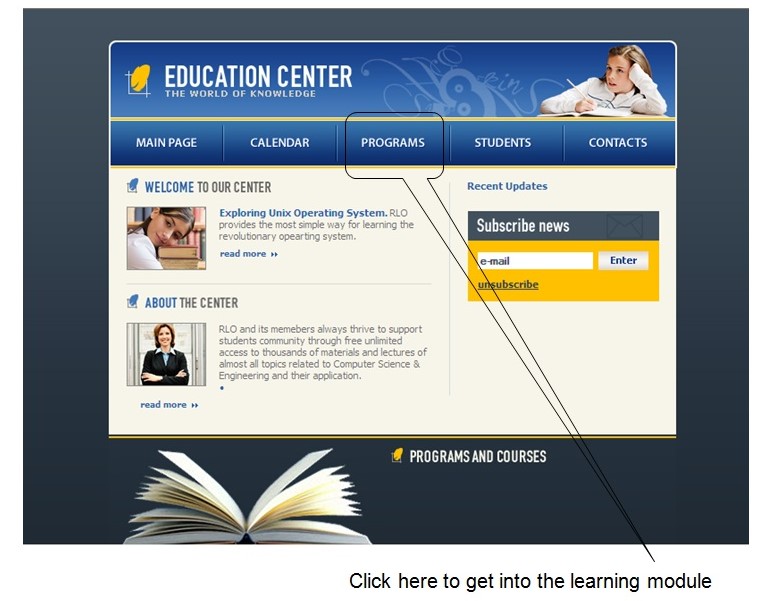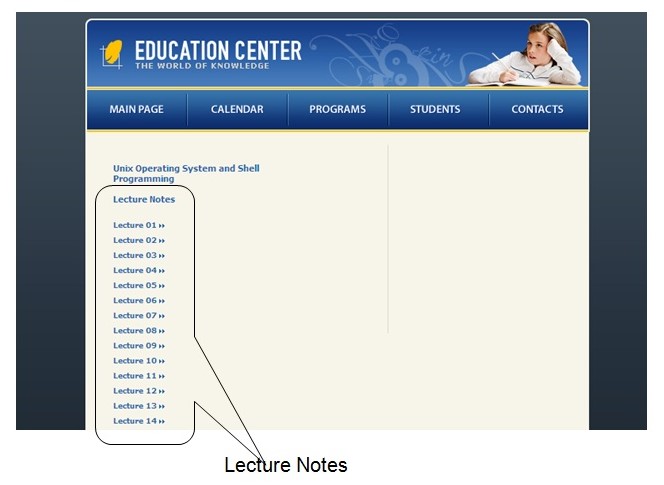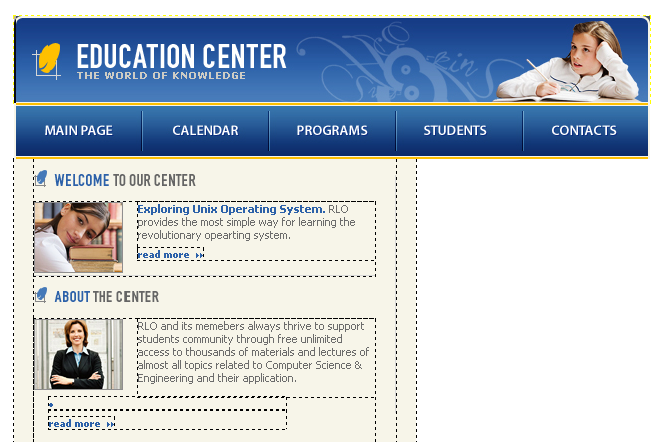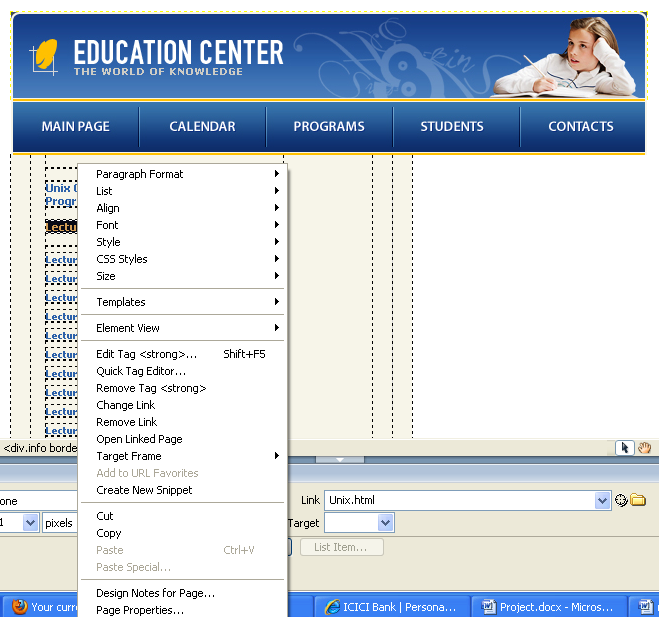Acquiring knowledge through formal education has been a concern of both the teacher and the taught throughout humanity. From one-to-one teaching it evolved into seminaries, progressing to classes based on the education system and content. Then came distance learning for those who were in far-flung areas and could not physically attend classes. With the advent of the Internet, these distance learning centers developed e-learning where courses were distributed via the net and student interaction took the same route. The net has opened up a new panorama which is still being explored as it is still uncharted territory. Thus we see an explosion in the education system which had come out of its traditional boundaries. The use of the technology has now shifted to Reusable Learning Objects (RLO) for training and education. The advent of the Internet and the World Wide Web has made this technology integration more powerful for training (Frew, 74-75).
The presence of technology in education has existed for more than three decades. In the early 1980s, there was more of a drill and practice computer-assisted approach where students worked at computers that were intended exclusively for learning. Throughout the 20th century, the priority of educational technology was to develop efficient delivery of instruction. As such it has supported the ‘teaching as telling’ model of instruction that has characterized most educational institutions. The new definition of educational technology has now expanded from the simple pen, paper, and pencils to very modern two-way interactive hand-held devices, calculators and data collection units. The basic ingredients of a technology-supported education system are the existence of networked computers, software, supporting peripherals, and the Internet. Understanding the importance of integrating technology into the curriculum, the new initiative is to develop Reusable Learning Objects through the use of computers for students. The purpose expands further to develop highly advanced RLO models that can transform the whole computer system into a device capable enough to meet the future challenges of learning as well as training (Boskic).
Economic and social changes dictate the alterations in RLO paradigms. Effective search strategies and the ability to respond to changes are the need of the hour rather than being trained to handle a set of situations based on memorization. The roles played by teachers have also changed significantly in keeping with the times (Farrell, et. al, 162-169). Gone are the days when teachers were the only source of language information and the literary works that they had perused, the only body of knowledge worth learning, because of today’s global interconnectedness. The cognitive theory makes us assume that teachers today do not anymore transfer data from their mind into the minds of their wards, but rather that students actively process and organize the information they come across and fit it into the previous knowledge they have or alter the previous knowledge in the light of the new information they have received. The teacher has become more of a facilitator of learning rather than the fountain of knowledge they once used to be, and they now search, learn and offer information in several ways to enable their students to meet diverse needs (Mills, 1429-1434).
RLO provides knowledge data in multiple media which can be manipulated as well as provide learners with the raw material through which they can re-create the course material for themselves with the use of self-devised organizing schemes. Activities that encourage students to explore and be creators of knowledge rather than passive recipients of it further the idea of the learner as an active participant in learning (Mills, 1429-1434).
Because of the exceptional ability of computers to store, manipulate and retrieve large amounts of data, they are particularly useful in “data-driven learning.” The effect of new technologies in education, especially the use of computers in the training, has been something that is being constantly researched. Research on computers incorporates the areas known to be relevant in knowledge acquisition for RLOs. The advent of multimedia computers and the Internet have enabled integrative approaches to RLO. Text, graphics, sound, animation, and video are all now accessible on a single machine thanks to eth multimedia revolution. Hypermedia, i.e. the interlinking of all the multimedia resources so that they can be browsed easily with a single click is what makes multimedia all the more powerful (Mills, 1429-1434).
Because of hypermedia, a better and authentic environment, more conducive to learning is created, as the visual and aural senses are combined, just as it happens in the real world. Reading, writing, speaking, and listening are combined in a single activity because of the variety of media. Students can go on their own pace, moving backward and forward stressing more upon their weak areas and glossing over the parts they feel confident about. The biggest advantage of hypermedia is that it provides focus on the content without taking lightly the importance of language form or learning strategies. For example, students can easily access grammatical explanations or exercises, vocabulary glosses, pronunciation information, or questions or prompt while reading the main lesson. This encourages them to devise a proper learning strategy (Mills, 1429-1434).
Since the computer industry is developing at a very rapid pace, to pinpoint if and how can computers enhance the learning process has become as difficult as trying to hit a moving target. Changing levels of familiarity with the machines lead both students and teachers to use the computers differently. In viewing the role of computers in education, we can gain some perspective from the knowledge of what students and teachers think and do with computers. We can even get some opinions about activities that encourage students to learn more. Although not for certain, but with research being carried out, we come to have a general idea of the role that RLO should play. The emphasis in research on specific skills has been put on the attitude of students towards RLO drills and their effectiveness (Farrell, et al.,162-169).
Works Cited
Boskic, Natasha. “Learning Objects Design: What do Educators Think about the Quality and Reusability of Learning Objects?” Third IEEE International Conference on Advanced Learning Technologies (ICALT’03). 2003
Farrell, Robers, et al. “Dynamic assembly of learning objects.” In Proceedings of the 13th International World Wide Web Conference on Alternate Track Papers. New York: ACM Press. 2004: 162-169
Frew, James, et al. “Accessing the Alexandria digital library from geographic information systems”. In T. Sumner & F. Shipman (eds.), Proceed-ings of the 5th ACM/IEEE-CS joint conference on digital libraries New York: ACM Press. 2005: 74-75
Mills, Steven. “Integrating Computer Technology in Classrooms: Teacher Concerns when Implementing an Integrated Learning System”. Society for Information Technology and Teacher Education International Conference 1999(1). 1999: 1429- 1434.
RLO Design
The RLO developed in support of this document provides assistance to students in understanding Unix Operating System and Shell Prgramming. The learning module requires sufficient knowledge of computer as a device and hence the audience for this RLO are the students pursuing undergraduate course in computer science and engineering.
The RLO is developed on a html page with links made connecting each of the chapter of the course in sequence.
How to use the RLO?
Click on the page index.html and the webpage shown below would get open.

Now click on Programs TAB

Once the program TAB is clicked, the user will get the following page.

List of chapters

On clicking the link for lecture 1: Chapter One of the RLO (in PDF format)

How to edit RLO?
Through any version of Macromedia Dreamweaver, the html page for home webpage (index.html) as well lecture webpage can be edited. Edition process over here includes editing the webpage as well as deletion and edition of chapters.
Editing home page

Editing Program (Lecture) page
For this unix.html page need to be edited.


All changes made in the webpage should be saved before exit.
